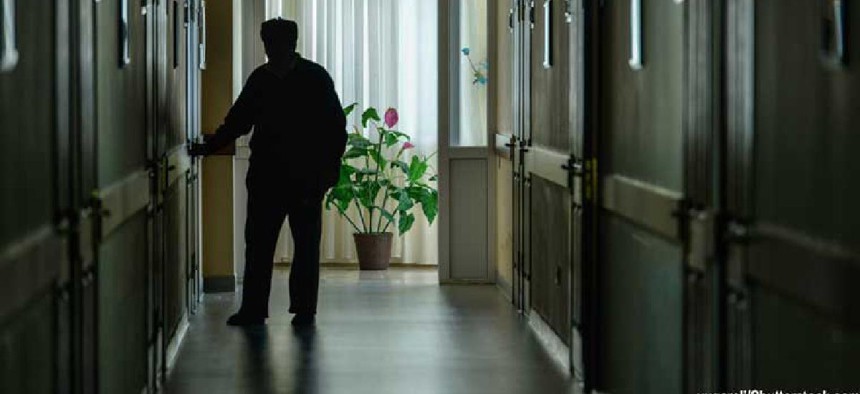Bmore Responsive: Home-grown emergency response coordination


Connecting state and local government leaders
Working with the local Code for America brigade, Baltimore’s Health Department built a new contact management system that saves hundreds of hours when checking in on senior care centers during emergencies.
The Baltimore City Health Department replaced what was essentially a phone tree with an open-source customer relationship management (CRM) platform to more easily and quickly check in on senior care centers during emergencies.
Working with programmers from Code for Baltimore (CfB), the department built the two-part platform. Bmore Responsive is the backend application programming interface (API), and Healthcare Roll Call is the front-end client. Although work on the idea started in October 2019, the coronavirus pandemic provided the system’s first test run when the department used it to automatically email the city’s 435 assisted living facilities, 30 nursing homes and 130 senior housing sites to find out if they needed help with, for example, getting personal protective equipment.
Previously, a team of about seven people would make phone calls to all those locations to get status reports. For instance, during a hurricane, they would call to check whether the facilities had power.
“A big catalyst for this project was just simply the ability to reach out to a vulnerable population quickly,” said Molly Martin, assistant commissioner at the health department.
A minimum viable product was in place about five months ago, said Jason Anton, tech lead for CfB, a local brigade of Code for America, and the lead developer on the project. He’d been looking at CRM tools as a foundation, but found them too expensive for a specific, rarely used feature such as emergencies. Anton and the team started building with an API-first approach and used a common but modern technology stack: Node.js running on Docker in an Amazon Web Services cloud with a TypeScript database.
“Even in a crisis, we knew we needed to make it as flexible as possible and as reusable as possible in case other cities needed to implement it as well,” said Anton, who is also a development lead and full-stack engineer at Bellese Technologies, which supported the CfB effort. “We separated the front end and the back end so that the back end could be repeated in other use cases with a different front end.”
The health department uses the solution to survey senior housing about their needs. “We don’t always know what’s going on on the ground, and quite frankly, we’re not allowed in a lot of these facilities right now because of COVID, so this is the tool that we have to communicate with a large group,” Martin said. “It gives us an idea of what’s happening in a certain time.”
The plan going forward is to use the system during other emergencies, such as hurricanes, and to engage with senior housing managers in more ways, including via text messages or a Raspberry Pi computing device that could report to the API automatically.
The system has some basic reporting capabilities, but they’re currently limited to COVID-related data. That will change in time, however. “Any sort of query you could run against the API to get a page result or to get a calculated result, you could do the same thing and get a CSV result,” Anton said. “You can just integrate it with Tableau [data visualization software] … and do something bigger with the data that we’re collecting.”
Amanda Smith, epidemiologist at the health department, said being able to analyze data from the senior housing centers during COVD has helped officials get a better understanding of where needs are.
“Overall, the benefit of it … is how fast we can collect the information,” Smith said. “It’s a really flexible tool. We can use it for a lot of different situations…. If there’s a power outage, we might need to really quickly identify the buildings … or the facilities that really need assistance so as the data is coming, we’ll be monitoring that.”
Before COVID struck, Anton and his team considered other applications that could use this type of platform. For instance, they spoke with forest rangers about using it to track campers so they could alert them to inclement weather and forest fires. Like Baltimore, Miami needed a way to stay in touch with senior centers, especially during hurricanes.
“If we do our job right for Code for Baltimore and with a really well-documented open source solution -- which we believe we do and we’re striving for -- then there may be other people using this that we don’t even know about,” said Bill Lakenan, a CfB member and product owner and agile coach at Bellese. “It’s out there in the wild and it’s free to adopt…. I’m not suggesting it’s widespread, but it could be possible.”
NEXT STORY: Famed spy plane gets AI upgrade via Kubernetes




